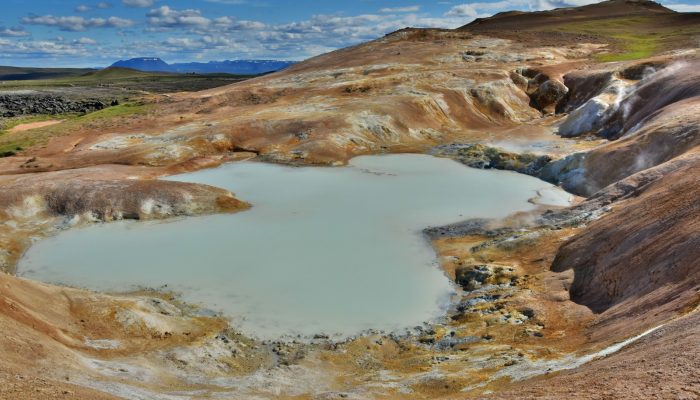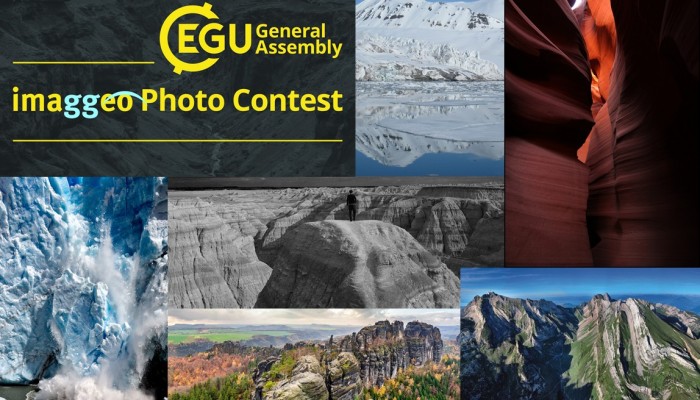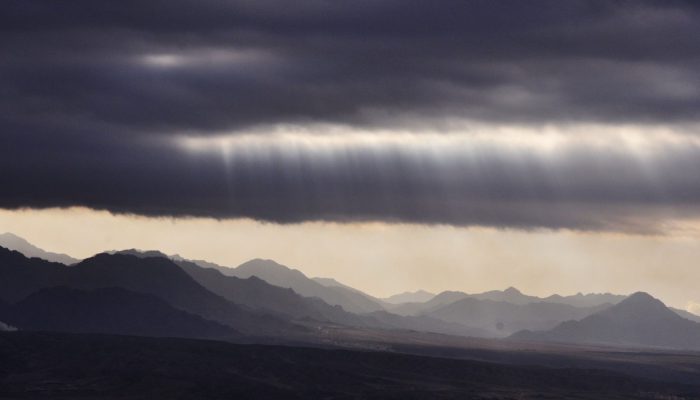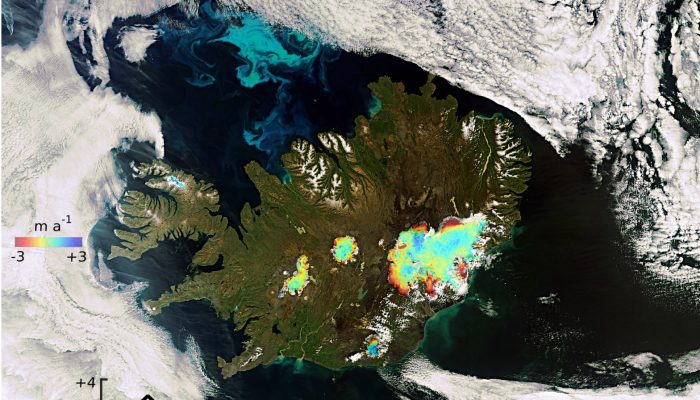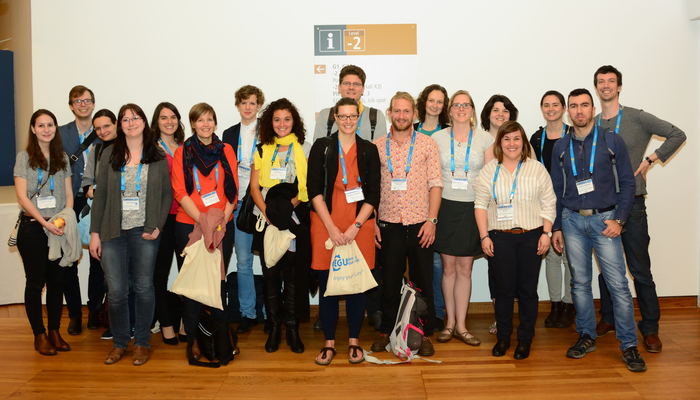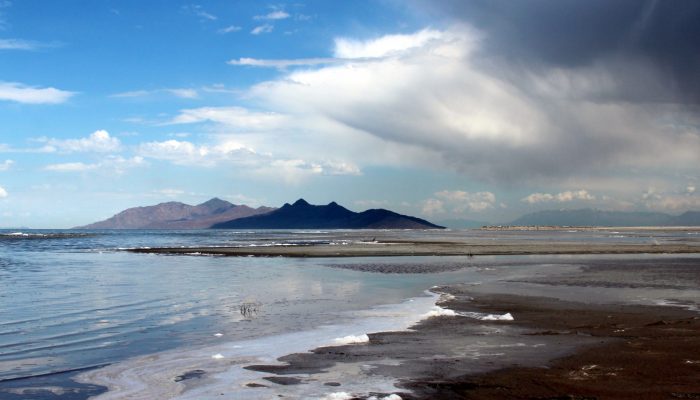– by Susanne Buiter TS Division President – EGU is launching a mentoring programme at its 2017 General Assembly for novice conference attendees, students, and early career scientists. The programme aims to facilitate new connections that may lead to long-term professional relationships within the Earth, planetary and space science communities. We anticipate the programme to be a rewar ...[Read More]
GeoLog
Imaggeo on Mondays: harnessing Earth’s inner heat
Iceland, the land of ice and fire, is well known for its volcanicity. Most famously, it is home to Eyjafjallajökull: the volcano which caused wide spread mayhem across European airspace when it erupted in 2010. But not all the local volcanic activity is unwelcome. High temperature geothermal areas are a byproduct of the volcanic setting and the energy released can be used to power homes and infras ...[Read More]
GeoLog
Last chance to enter the EGU Photo Contest 2017!
If you are pre-registered for the 2017 General Assembly (Vienna, 23 -28 April), you can take part in our annual photo competition! Winners receive a free registration to next year’s General Assembly! But hurry, there are only a few days left to enter! Every year we hold a photo competition and exhibit in association with our open access image repository, Imaggeo and our annual General Assembly. Th ...[Read More]
WaterUnderground
Groundwater and Agriculture: Tapping the Hidden Benefits
By: Sam Zipper, Postdoctoral Fellow, McGill University/University of Victoria When people think of groundwater in agricultural landscapes, pumping and irrigation are usually the first thing that comes to mind. However, groundwater can have a more subtle but extremely important impact on crop production when we decide to leave it underground: When there is shallow groundwater beneath an agricultura ...[Read More]
GeoLog
Imaggeo on Mondays: a storm is coming
Coastlines globally are immensely diverse: from the beautifully topical and sun kissed beaches of the Caribbean, to the wet and misty British coastline, through to the raw and wild Alaskan shores, they are home to scores of flora and fauna; rich habitats shaped by powerful forces of nature. In stark contrast, some coastlines, (28,000 km worldwide to be precise) are dry almost barren places, where ...[Read More]
Geomorphology
11th Intern. Young Geomorphologists’ Workshop 2017, 19.-21. May 2017, Ammersee, Germany
This year, the Young Geomorphologists from Germany invite all interested young researchers / students in geomorphology and related fields to join the 11th international Young Geomorphologists’ workshop at Ammersee, Germany, held from 19th-21st May 2017. The venue is located at a lake ca. 1 hour southwest of Munich. In a mixture of oral presentations, posters, a keynote and a short fieldtrip, ...[Read More]
Cryospheric Sciences
Image of the Week – Icelandic glaciers monitored from space!
Located in the North Atlantic Ocean, just south of the polar circle, Iceland is a highly fascinating land. Covered by some of the largest glaciers in Europe and hosting active volcanoes, geothermal sites and subglacial lakes, it is extremely dynamic in nature and ever changing. With this Image of the Week we will tell you a bit about the changing ice caps of Iceland and how we can monitor them fro ...[Read More]
GeoLog
Get involved: become an early career scientist representative
Early career scientists (ECS) make up a significant proportion of the EGU membership and it’s important to us that your voices get heard. To make sure that happens, each division appoints an early career scientists representative: the vital link between the Union and the ECS membership. After tenure of two or four years, a few of the current ECS Representatives are stepping down from their post at ...[Read More]
GeoLog
Imaggeo on Mondays: America’s dead sea
On the blog today, Jennifer Ziesch, a researcher at the Leibniz Institute for Applied Geophysics, takes us on a tour of the Great Salt Lake, located in the north of Salt Lake City (Utah). Did you know it is one of the largest salt water lakes in the world? The large salt lake and Salt Lake City, named after the lake, lie on a flat plain about 1300 m above sea level. The salt lake is bordered to th ...[Read More]
GeoLog
GeoPolicy: Making a case for science at the United Nations
This month’s GeoPolicy is a guest post by the International Council for Science (ICSU). Based in Paris, the organisation works at the science-policy interface on the international scale. Here, Heide Hackmann, Executive Director at ICSU, highlights key initiatives ensuring science is present within the United Nations (UN) and explains how ICSU and the scientific community can support these pr ...[Read More]

